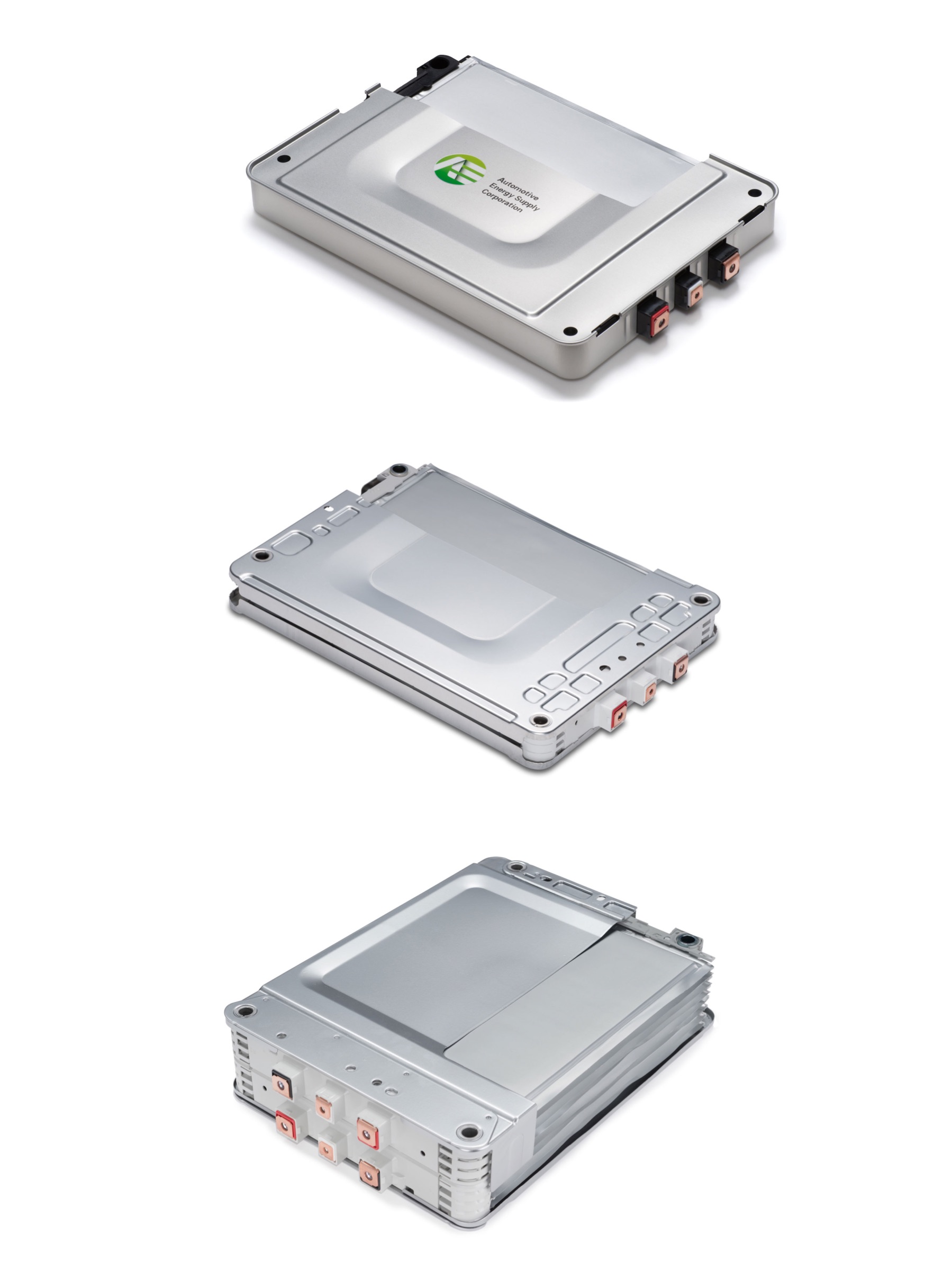OrientExpress
Well-known member
Here is a comparison of the LEAF battery pack modules over the years.
The top module is the one that is in the 2011 ~ 2012 battery packs. Notice that it is a sealed container which was a factor in the rapid degradation of the early packs.
The middle module is the one that is in the 2013 ~2016 24kWh battery packs. Notice that this module is open which allows for better convection circulation.
The bottom module is the one that is in the 2016 30kWh battery packs. Notice that it has 8 cells.
Both the middle and bottom module images are of cutaway models.

The top module is the one that is in the 2011 ~ 2012 battery packs. Notice that it is a sealed container which was a factor in the rapid degradation of the early packs.
The middle module is the one that is in the 2013 ~2016 24kWh battery packs. Notice that this module is open which allows for better convection circulation.
The bottom module is the one that is in the 2016 30kWh battery packs. Notice that it has 8 cells.
Both the middle and bottom module images are of cutaway models.

